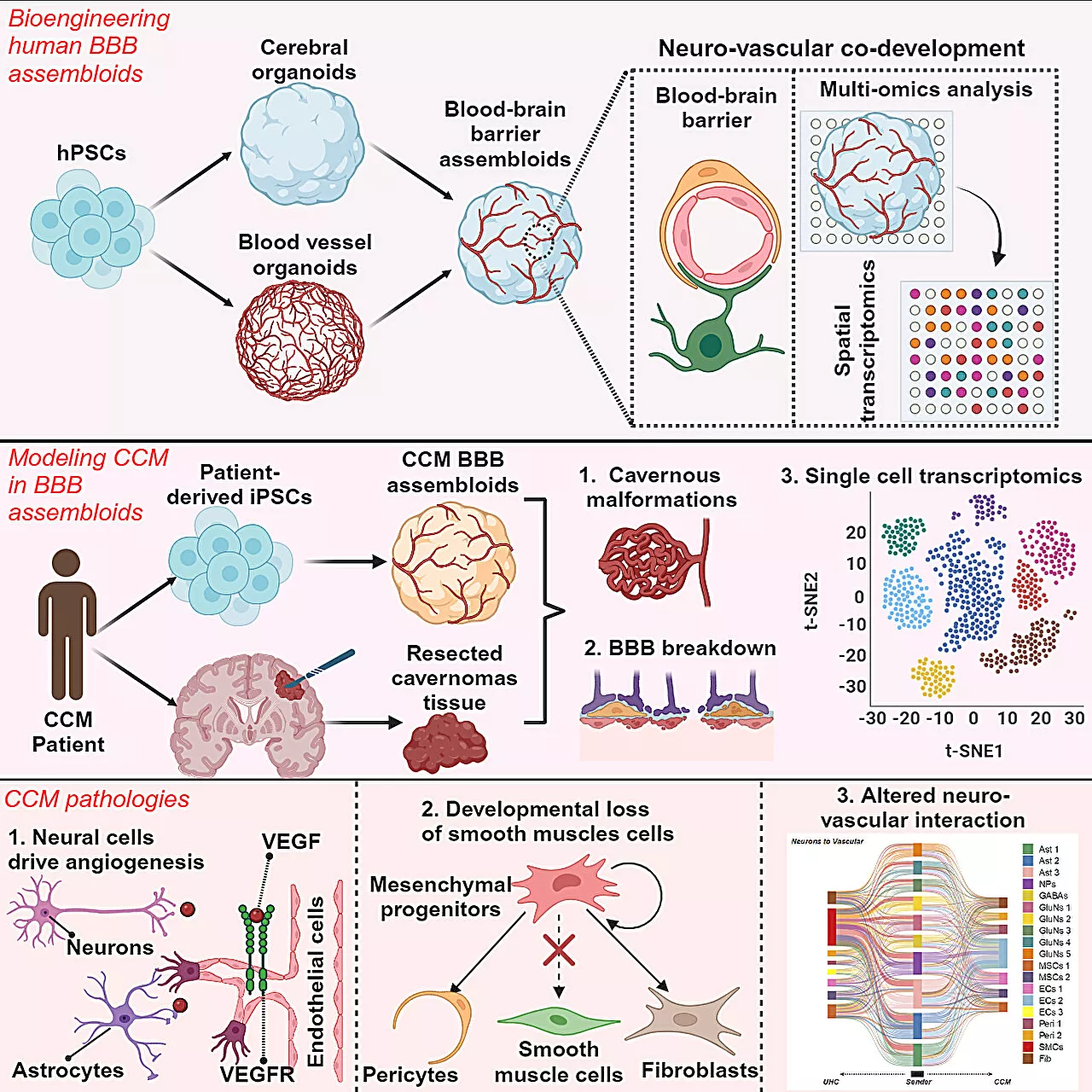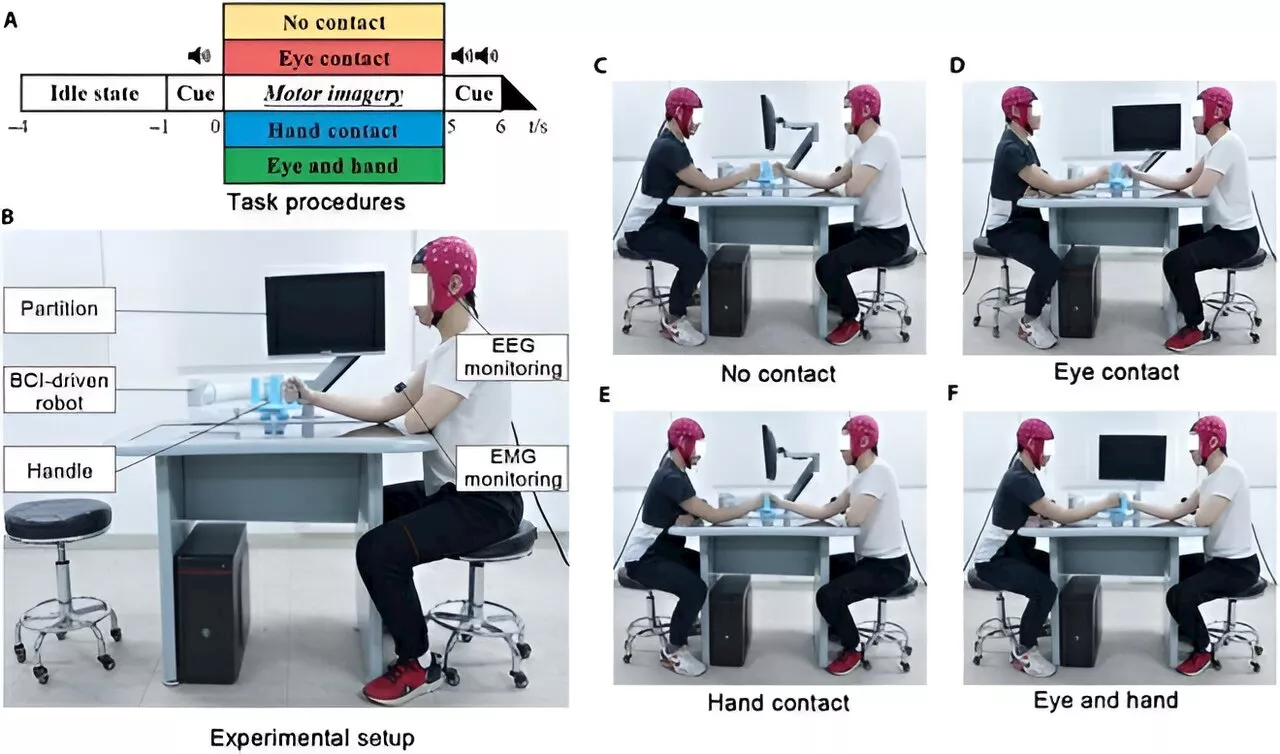Because not everyone's walking around wearing augmented reality goggles yet
Japan's IT services and telecoms giant NTT Corporation has devised a tech that makes 3D images visible in augmented reality applications without requiring special equipment or even direct observation.
NTT's Communication Science Laboratories was interested in this topic as augmented reality and 3D display today requires precise placement of displays. Preparing images shown on tiled displays is complex, because they appear disjointed if a display array uses screens with bezels. But NTT's boffins were aware that that human brain likes to fill in the blanks when offered partial information – a phenomenon known as"transparency perception." A famous example of transparency perception at work is the Kanizsa Triangle – depicted below in which our gray matter decides it's seeing a triangle.
They'll keep exploring that issue, and others, though. Their aim is to create"a more flexible technology that allows 3D images to be perceived in a wider range of conditions" and"a ubiquitous large-scale 3D display that can present a gigantic 3D image by combining various displays, including not only monitors, but also projectors and other display types.
Singapore Latest News, Singapore Headlines
Similar News:You can also read news stories similar to this one that we have collected from other news sources.
 Flying phone base stations to take off over Japan in 2026NTT Docomo teams with Airbus subsidiary to make it happen
Flying phone base stations to take off over Japan in 2026NTT Docomo teams with Airbus subsidiary to make it happen
Read more »
 Brain 'assembloids': Researchers develop first human mini-brain with fully functional blood-brain barrierIn a pioneering achievement, a research team led by experts at Cincinnati Children's has developed the world's first human mini-brain that incorporates a fully functional blood-brain barrier (BBB).
Brain 'assembloids': Researchers develop first human mini-brain with fully functional blood-brain barrierIn a pioneering achievement, a research team led by experts at Cincinnati Children's has developed the world's first human mini-brain that incorporates a fully functional blood-brain barrier (BBB).
Read more »
 Brain-to-brain technology boosts brain-computer interface performance, study demonstratesA study from Tsinghua University in collaboration with Imperial College London has unveiled a novel technique that significantly enhances brain-computer interface (BCI) systems by integrating brain-to-brain interactions among users.
Brain-to-brain technology boosts brain-computer interface performance, study demonstratesA study from Tsinghua University in collaboration with Imperial College London has unveiled a novel technique that significantly enhances brain-computer interface (BCI) systems by integrating brain-to-brain interactions among users.
Read more »
 Biological similarities found between 'chemo brain' and brain fog after COVID-19Brain fog after COVID-19 is biologically similar to cognitive impairment caused by cancer chemotherapy, something doctors often refer to as 'chemo brain.'
Biological similarities found between 'chemo brain' and brain fog after COVID-19Brain fog after COVID-19 is biologically similar to cognitive impairment caused by cancer chemotherapy, something doctors often refer to as 'chemo brain.'
Read more »
 Mum, 38, died months after ‘tingly feeling’ on her wedding day turned out to incurable brain tumour...Brain Tumour facts- 10 things you should know about brain tumours
Mum, 38, died months after ‘tingly feeling’ on her wedding day turned out to incurable brain tumour...Brain Tumour facts- 10 things you should know about brain tumours
Read more »
 Brain damage study reveals part of the brain necessary for helping othersOur willingness to help others is governed by a specific brain region pinpointed by researchers in a study of patients with brain damage to that region.
Brain damage study reveals part of the brain necessary for helping othersOur willingness to help others is governed by a specific brain region pinpointed by researchers in a study of patients with brain damage to that region.
Read more »
